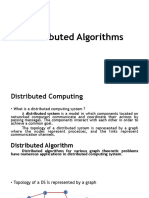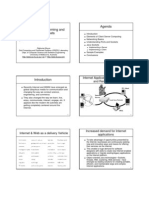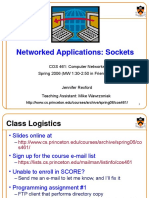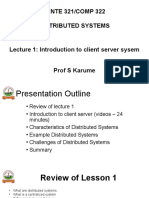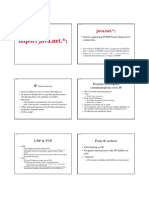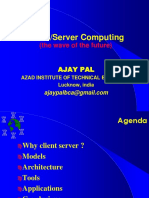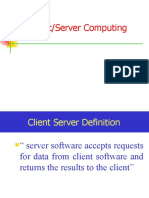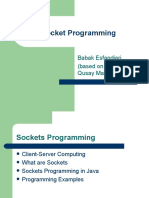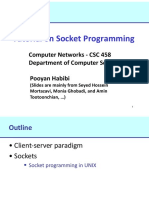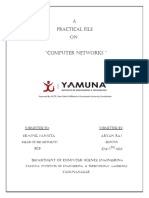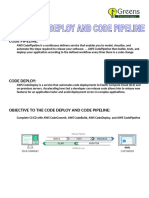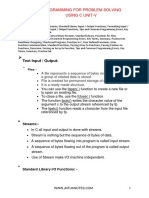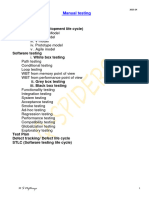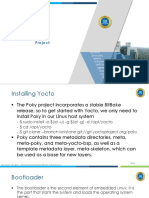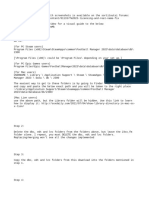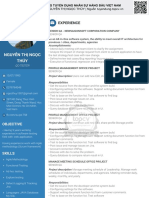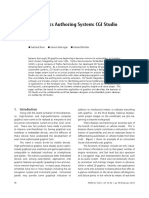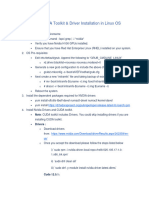0% found this document useful (0 votes)
155 views39 pagesJava Network Programming Guide
1. Network/Socket programming in Java allows developers to create client-server applications using sockets to manage URL streams, client-server connections, and datagrams.
2. A basic client-server model involves a client making a request to a server over a network, and the server returning a result to the client. Java's socket API is used to create connections between clients and servers.
3. A simple echo client-server example written in Java demonstrates how the client and server can communicate by the client sending a message to the server over a socket, which the server then echoes back to the client.
Uploaded by
Denis-Alexandru TurcuCopyright
© © All Rights Reserved
We take content rights seriously. If you suspect this is your content, claim it here.
Available Formats
Download as PDF, TXT or read online on Scribd
0% found this document useful (0 votes)
155 views39 pagesJava Network Programming Guide
1. Network/Socket programming in Java allows developers to create client-server applications using sockets to manage URL streams, client-server connections, and datagrams.
2. A basic client-server model involves a client making a request to a server over a network, and the server returning a result to the client. Java's socket API is used to create connections between clients and servers.
3. A simple echo client-server example written in Java demonstrates how the client and server can communicate by the client sending a message to the server over a socket, which the server then echoes back to the client.
Uploaded by
Denis-Alexandru TurcuCopyright
© © All Rights Reserved
We take content rights seriously. If you suspect this is your content, claim it here.
Available Formats
Download as PDF, TXT or read online on Scribd
/ 39

